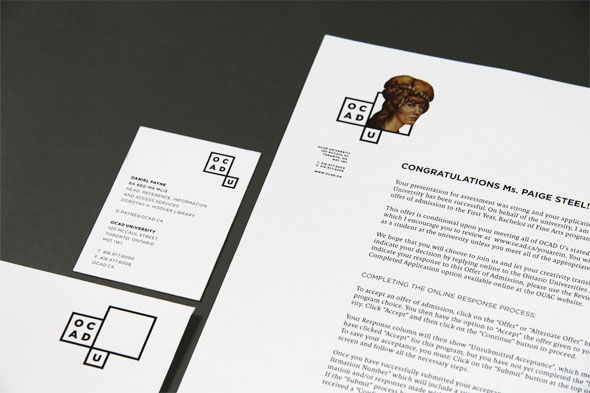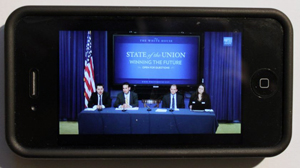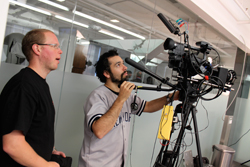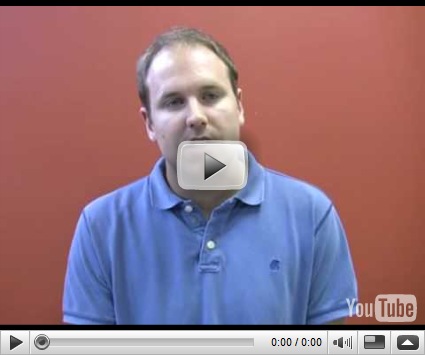Last year a journalist wondered: “Did Google just kill PR agencies?“. It was triggered by changes Google made to its search algorithm and what this meant for press releases. This year apparently “PRs are winning” because another journalist all of a sudden realized that PR includes the use of social media and digital publishing tools.
What hasn’t changed is that many journalists still fail to understand that PR was, is and always will be more than media relations. This is not a battle between PR and journalism.
We need strong journalism, and strong journalists who understand the impact of technology. It is important that more journalists and media organizations figure out how to operate in a world where buying ink by the barrel is not exclusive to them anymore.


 President Obama delivered his second State of the Union address last Tuesday. While the speech was interesting for its political implications, I was drawn to the use of a variety of digital tools and social media services. The White House extended the occasion of a single televised speech with a
President Obama delivered his second State of the Union address last Tuesday. While the speech was interesting for its political implications, I was drawn to the use of a variety of digital tools and social media services. The White House extended the occasion of a single televised speech with a 
 Having recently switched from the private sector to the public sector, I am interested in perspectives on how governments can use social media to improve information sharing and dialogue with citizens. I asked
Having recently switched from the private sector to the public sector, I am interested in perspectives on how governments can use social media to improve information sharing and dialogue with citizens. I asked 